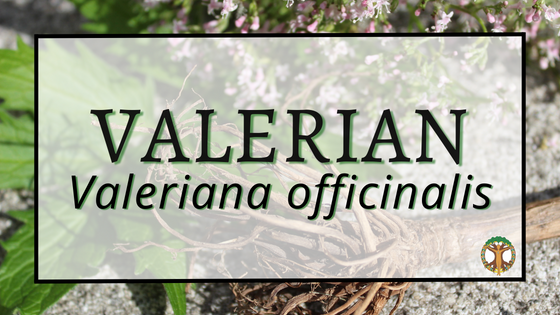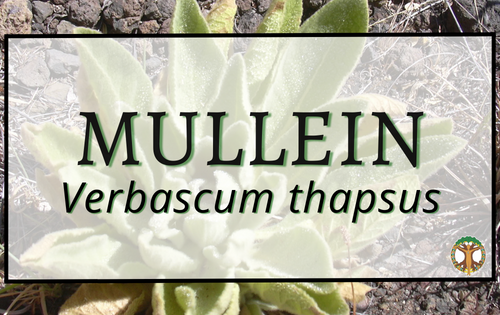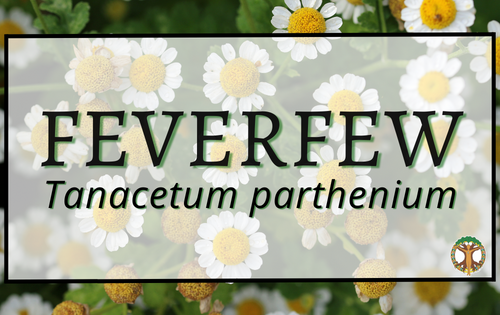
Valerian
Common Name: valerian, garden heliotrope, garden valerian, vandal root
Latin Name: Valeriana officinalis, derived from the Latin word valere, meaning “to be well” or “to be strong”
Family: Valerianaceae
Habitat: Native to Europe and Western Asia but grows easily in much of North America. Grows well in partial to full sun, prefers rich soil and moist conditions and can grow up to 5’ tall. White flowers in an umbel, bloom through summer and easily self sows. Lanceolate leaves are opposite and pinnately compound on a reddish stem. Leaves are larger on the lower ends of the stem and get smaller as you move up. Flowers have a sweet fragrance, but the roots have a pungent odor, like sweaty socks. Considered invasive in some parts of the country.
History/Tradition: Valerian was once used as a “cure-all” and has been used for hundreds of years. It has been used to treat migraines and headaches, anxiety, insomnia, depression, heart palpitations, gastrointestinal spasms, and epileptic seizures. During WWII it was used to help shell-shocked soldiers as well as citizens stressed by nightly air raid sirens and those sheltering from nocturnal bombing raids.
Energetics: warm, drying, relaxing
Contraindications: no drug interactions, but may potentiate the effects of sedatives, in very few people it may have the opposite effect and produce a stimulant response
Parts Used: rhizome, stolon (runner), root; harvest from fall to early spring
Systems: nervous, digestive
Actions: nervine, hypnotic, antispasmodic, carminative, hypotensive, emmenagogue, analgesic
Usage: Indicated for nervous conditions like insomnia, anxiety, and muscle tension and commonly used as a sleep aid and mild pain reliever. It helps to promote normal sleep by its sedative action and is useful for those who have a hard time quieting the mind at bedtime. Its action as an antispasmodic helps with hypertension as it helps by relaxing the smooth muscles lining the blood vessels, allowing more blood to flow through the body.
Tincture is most commonly used (2.5-5mL and up to 10mL at one time); an infusion of 2 tsp. dried herb per 1 cup of boiling water is made, rather than a decoction in order to preserve its aromatic oils. Fresh root is preferred to dried if you can get it/grow it.
References:
- Medical Herbalism: The Science and Practice of Herbal Medicine by David Hoffmann (2003). Healing Arts Press, Rochester, Vermont.
- Medicinal Herbs: A Beginner’s Guide by Rosemary Gladstar (2012). Storey Publishing, North Adams, Massachusetts.
- https://www.herbrally.com/monographs/valerian
- https://ods.od.nih.gov/factsheets/Valerian-HealthProfessional/#en2
- Sheltering with Valerian
By Jaime Pawelek






